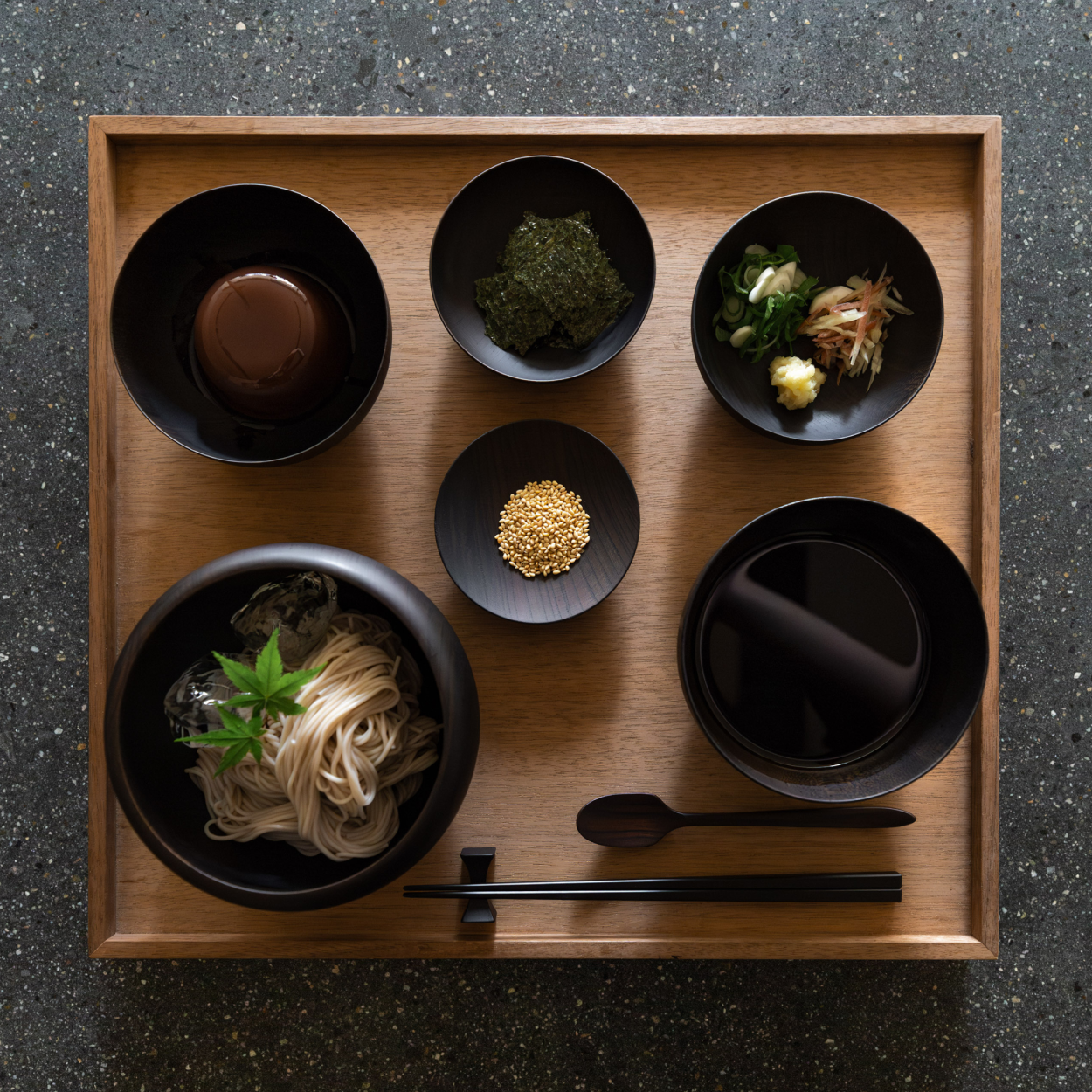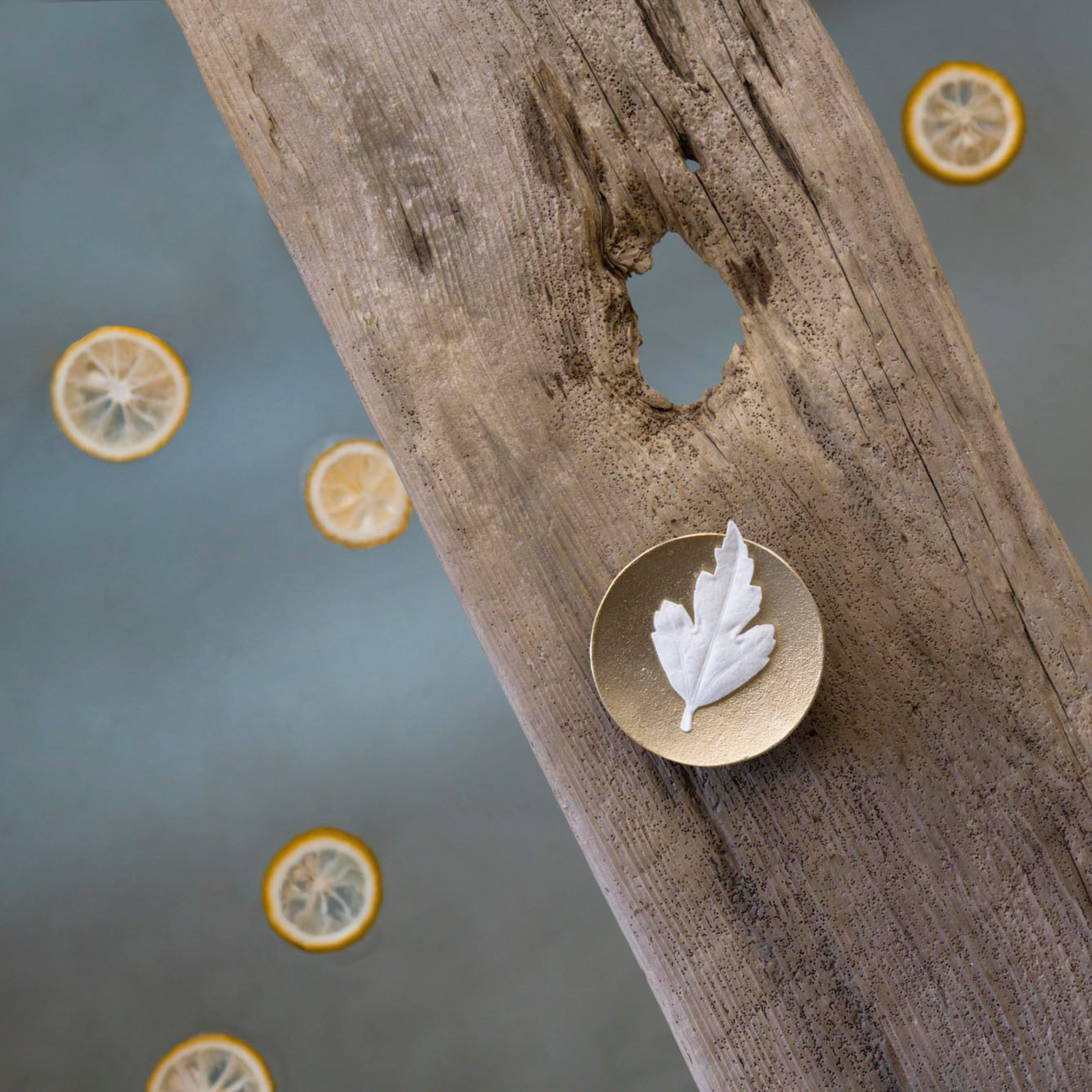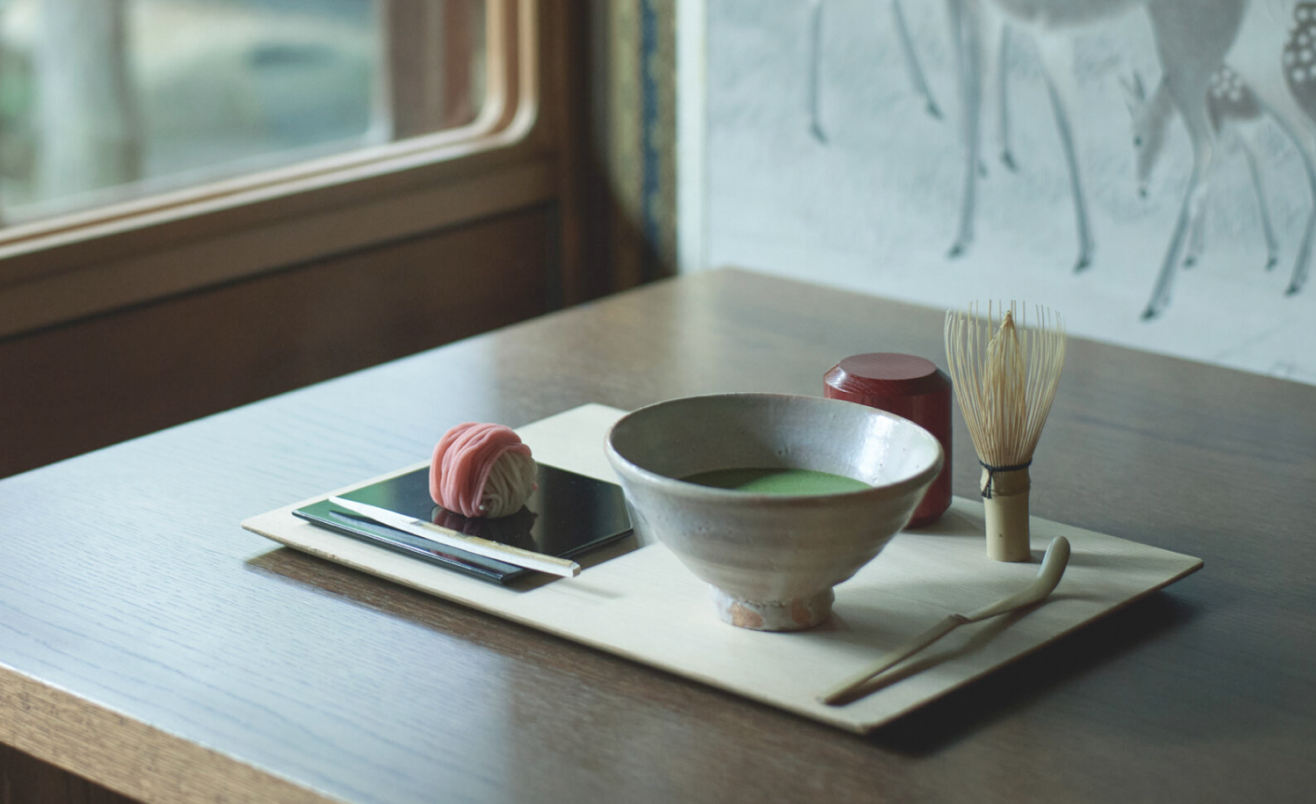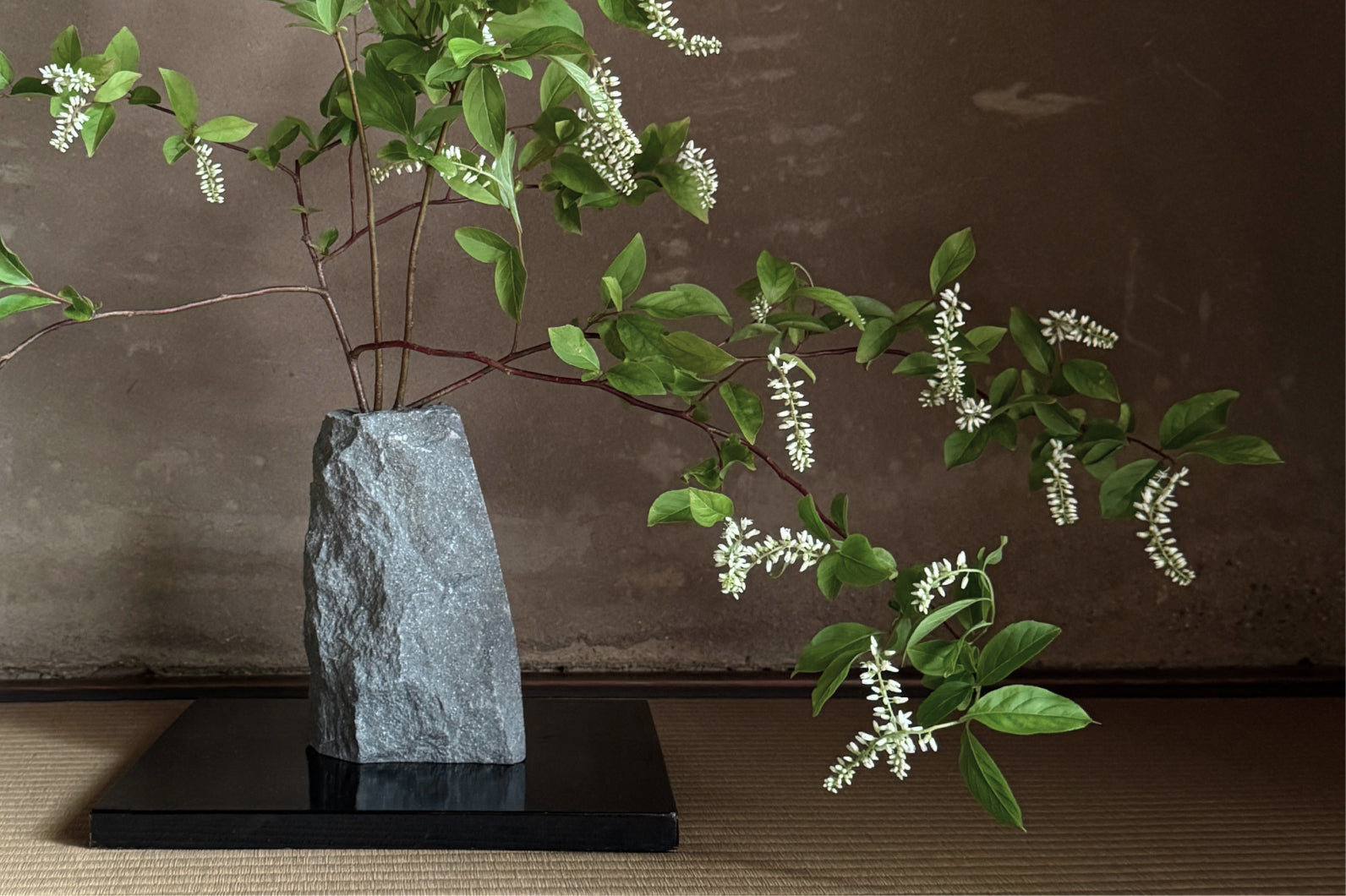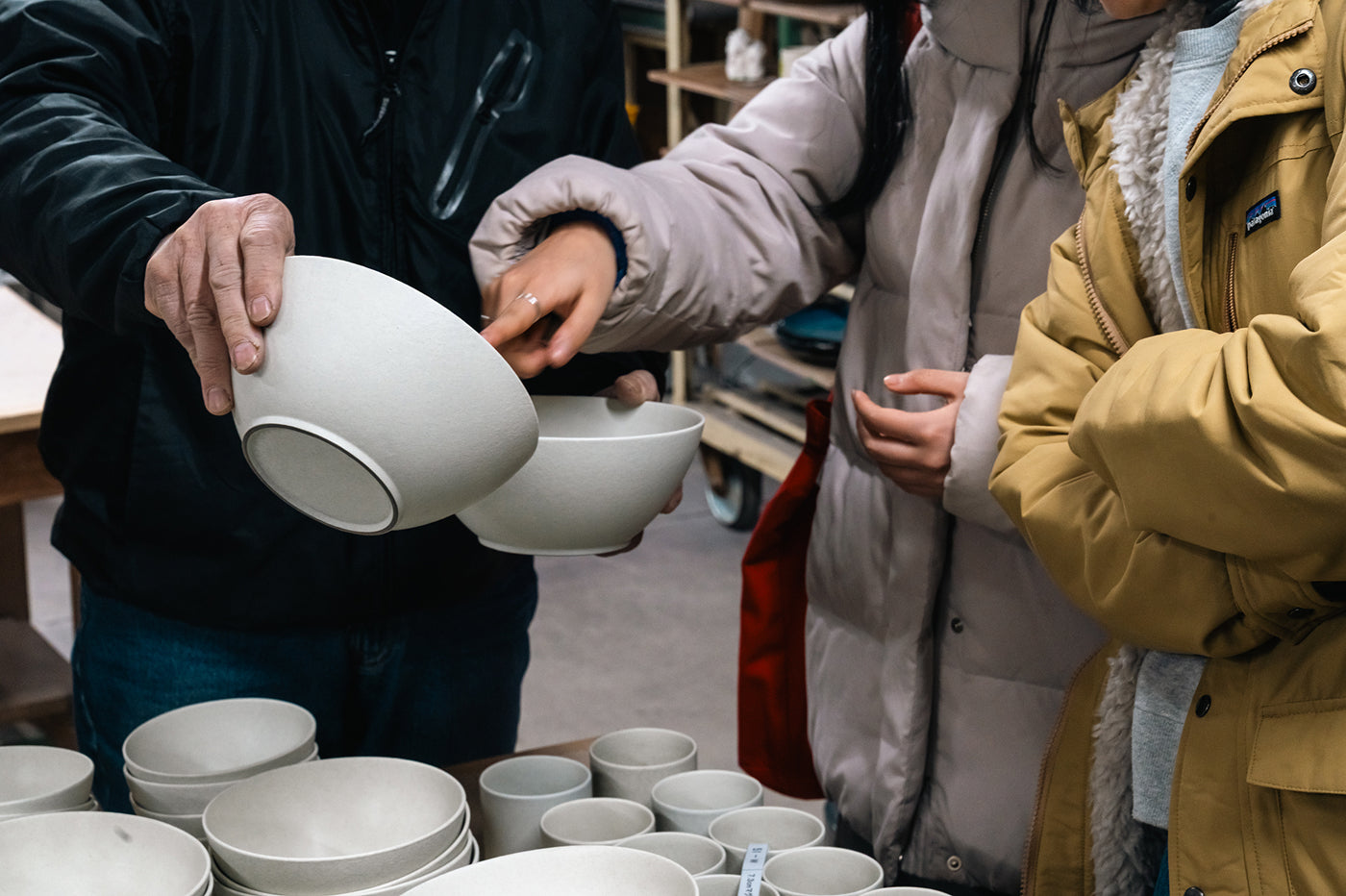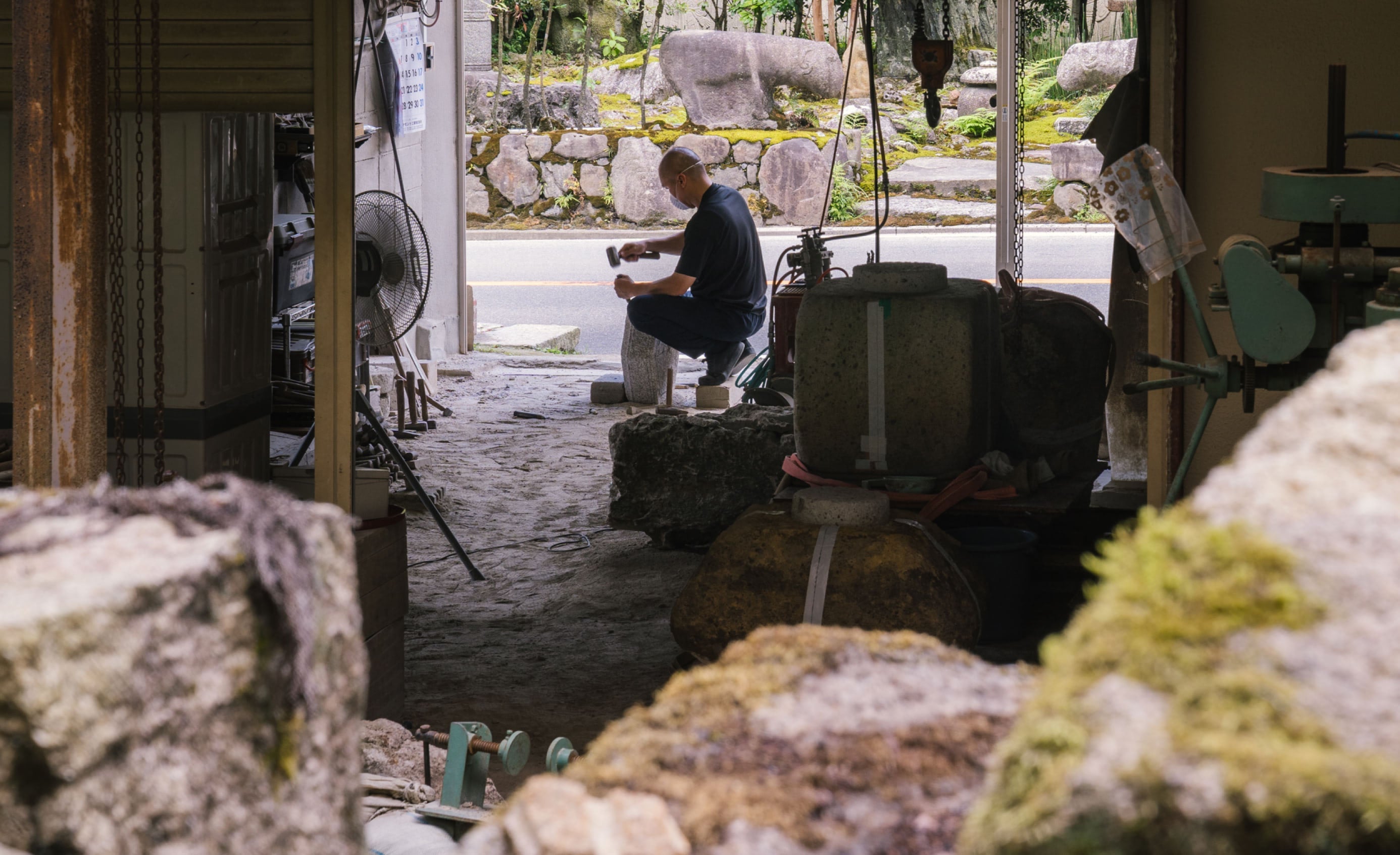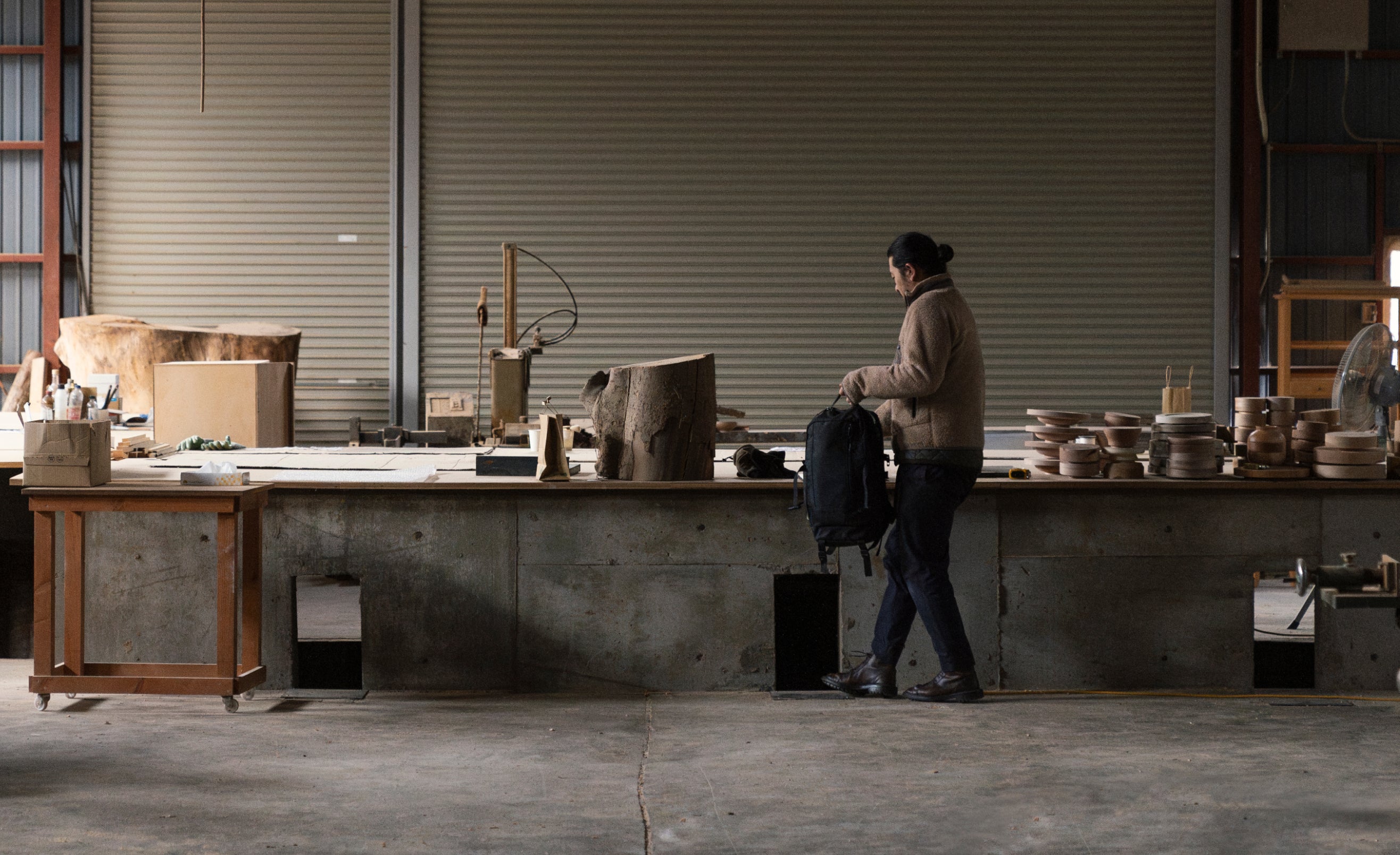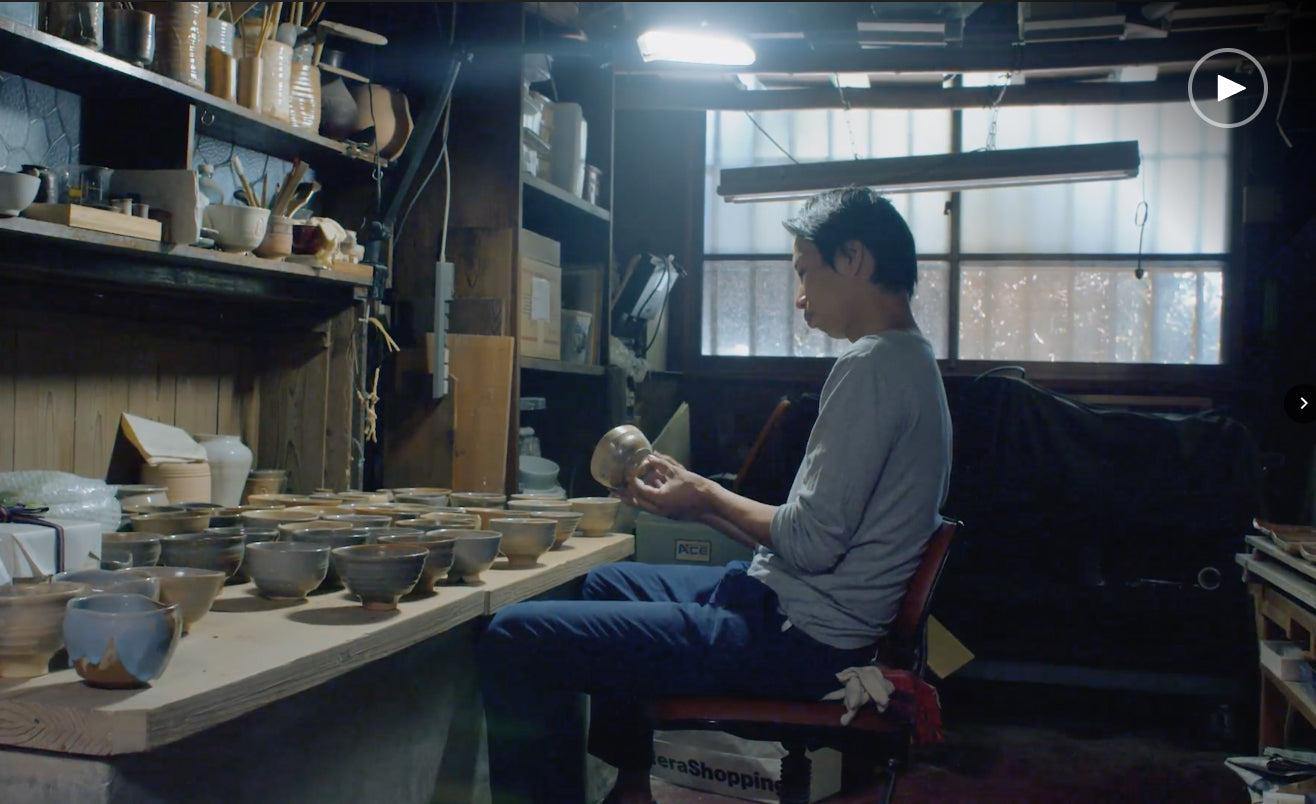Posted on the former blog on August 12th 2018
If you know about Japanese tea ceremony it’s often associated with being very serious, having to kneel a long time and if you’re interested in learning it, the hurdles seems to be hight since it requires many years of practice. Simultaneously more people all over the world are starting to appreciate Japanese tea (another post about it can be found here).
Nara, the first capital of Japan before it moved to Kyoto and then Tokyo, is the home of a recently opened tea house named “Salon” which in Kanji is written 茶論 and can be translated as “Tea Theory”. The tea house is the newest venture by Nakagawa Masashichi Shoten, a company that has played a big role in the movement to revitalize traditional craft. They created a compact and beautifully handmade tea set that can be tried and purchased at Salon. The entire experience is made with the goal of making the tea culture more approachable and enjoyable.

The tea set by Nakagawa Masahichi Shoten. Photo by Pen Magazine

Traditional Japanese sweets can be enjoyed with the tea. Photos by Pen Magazine
Besides being able to enjoy a good cup of tea and Japanese sweets, Salon offers a range of workshop and classes that range from beginner to advanced. Both of them will require reservations that can be made via their website.

Photo by Pen Magazine

Entrance of Salon. Photo by Pen Magazine

Western style seating.Photo by Pen Magazine

Traditional seating space. Photo by Salon
The space is split into an area with western style seating and another one that is more traditional. The fusuma (space dividers) in the traditional space illustrate deers that are symbolic to Nara. If you ever visit the city you’ll most likely encounter live deers before you get to Salon.

Matcha green tea with traditional Japanese sweets “dango”. Photo by Pen Magazine
